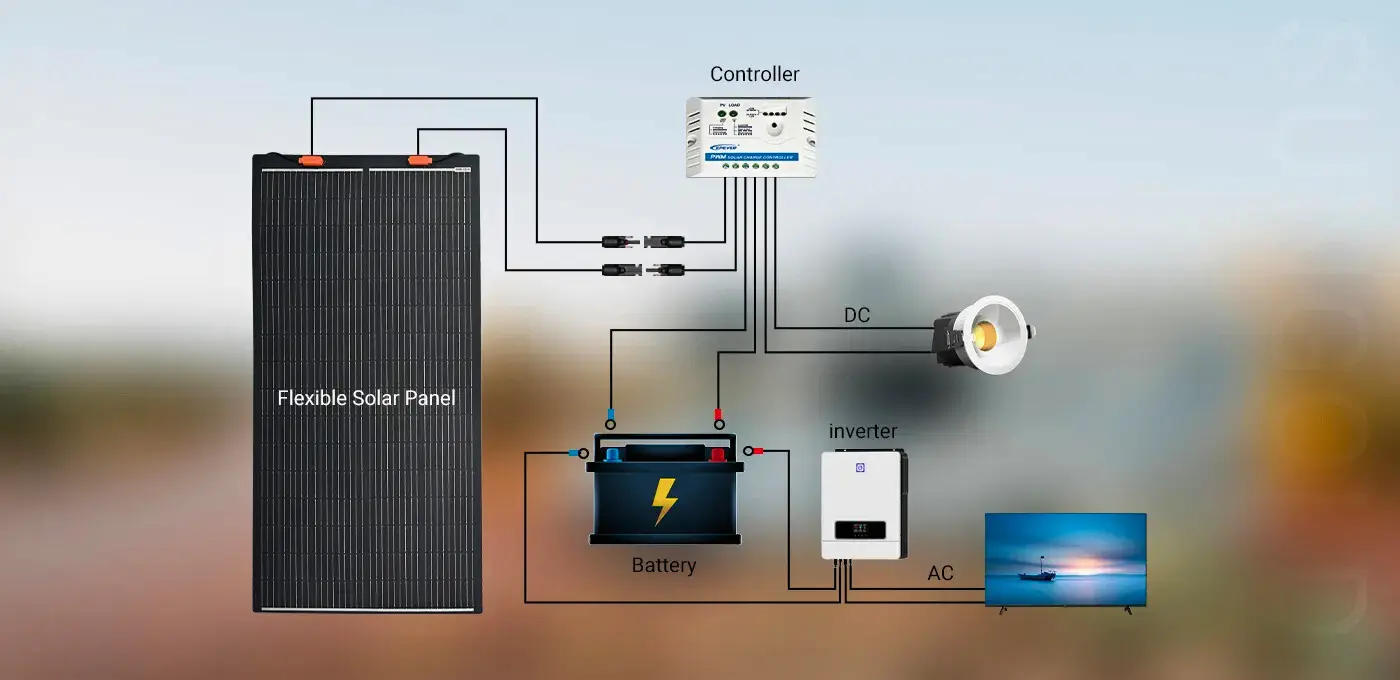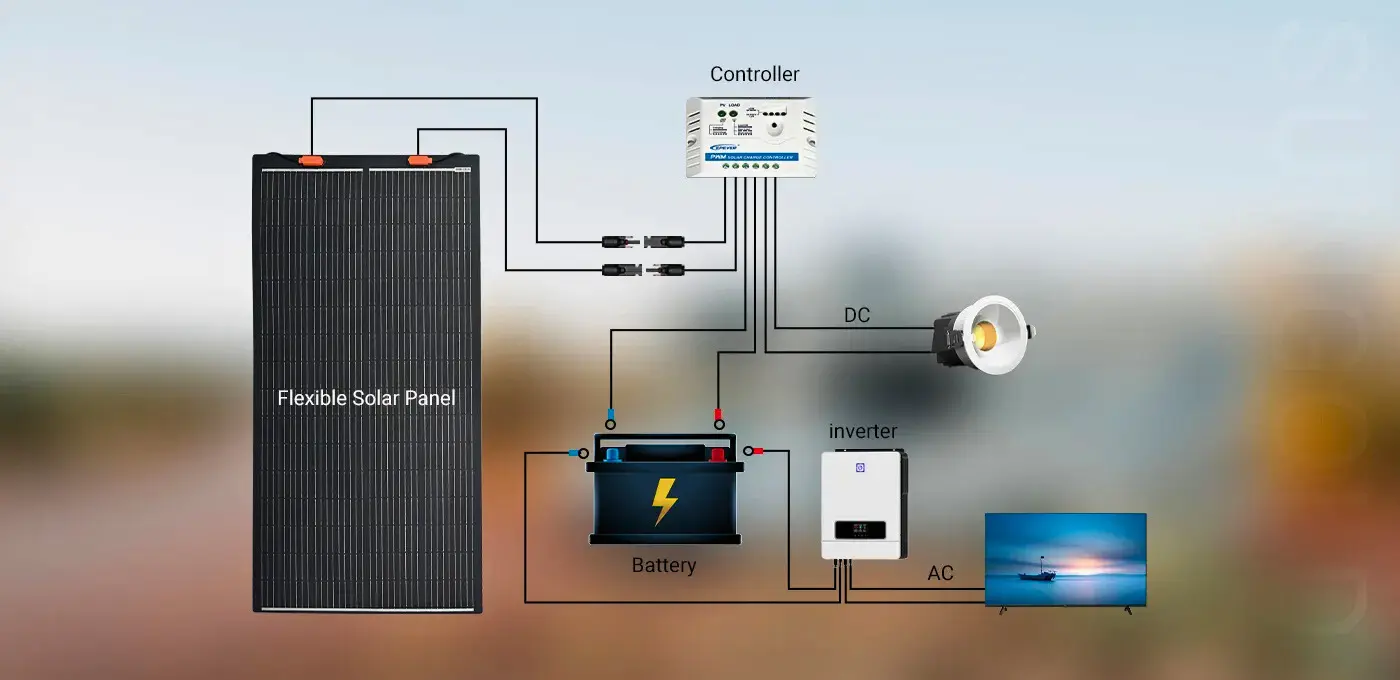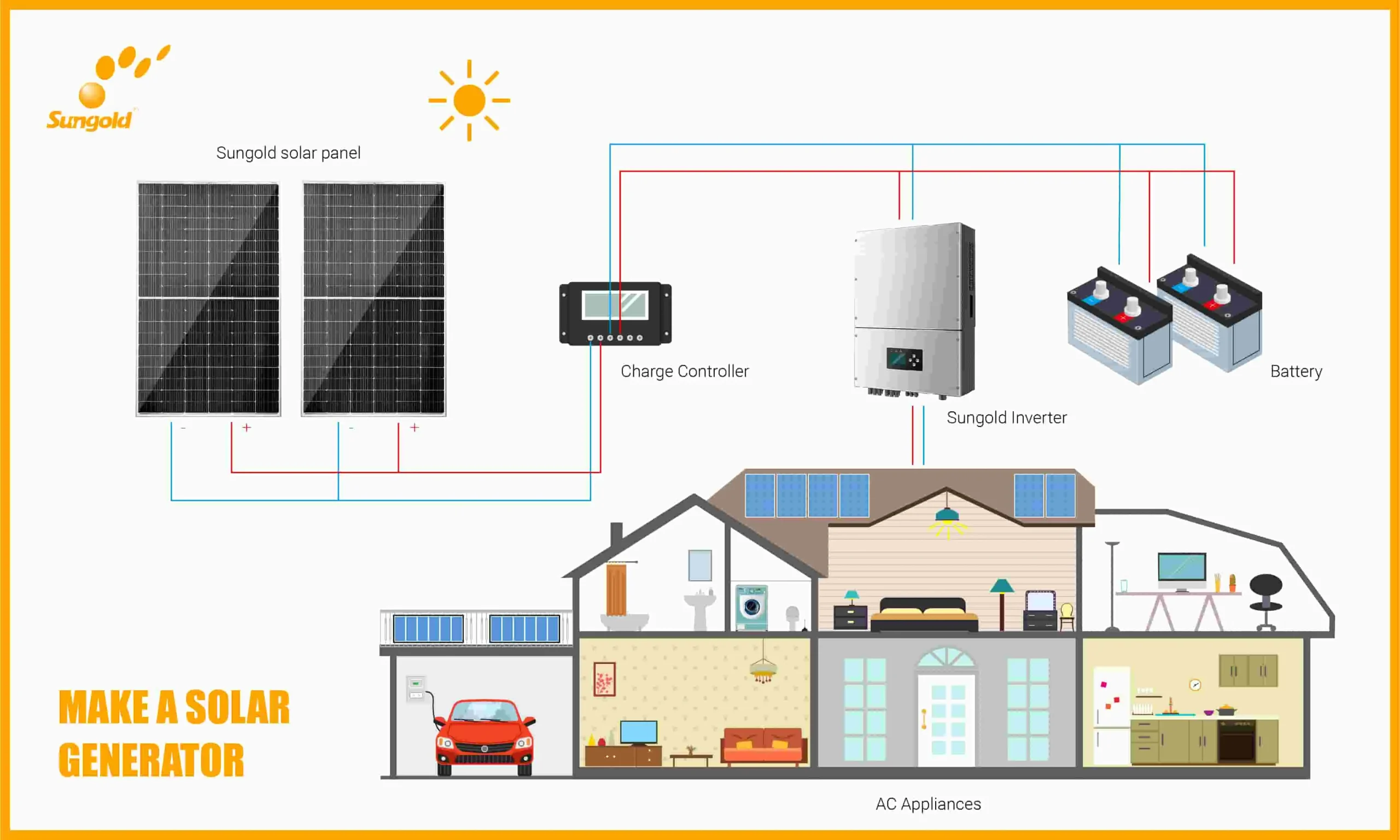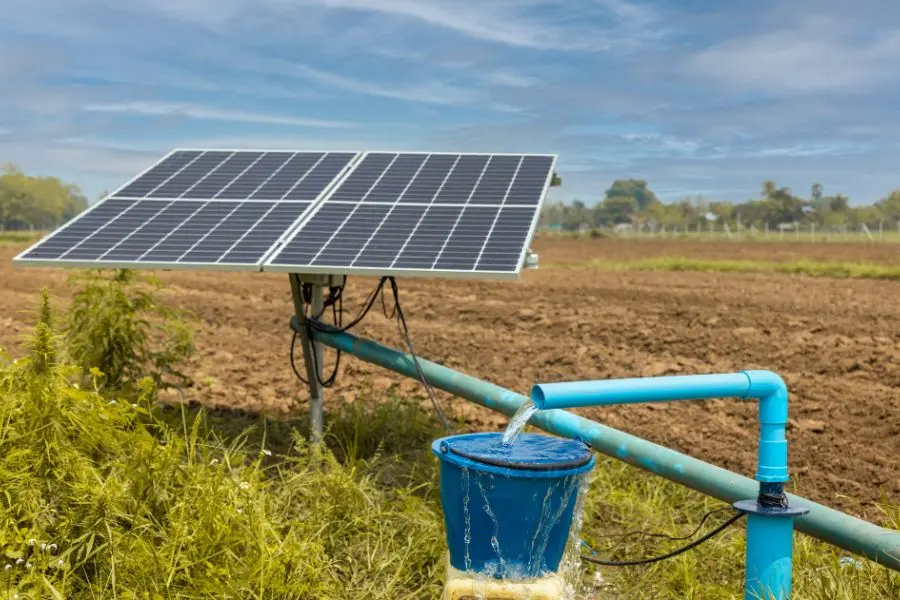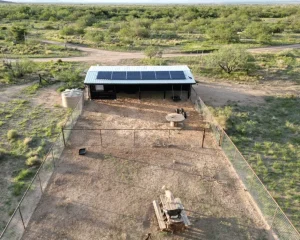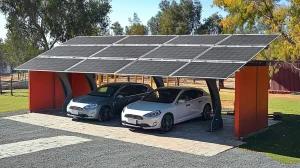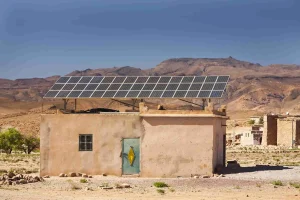In the world of clean energy, knowing how to estimate solar system size is the cornerstone of any effective solar power system design. Whether you’re a homeowner trying to reduce electricity bills or a commercial installer planning a solar electric system design, the right system size ensures long-term savings, high energy output, and optimal system reliability.
Accurate sizing directly influences installation costs, battery capacity, and inverter selection—and prevents the common issues of oversizing or underperformance. This guide will help you confidently plan and calculate your ideal system.
What Components Make Up a Solar Power System?
Before you calculate solar system size, it’s essential to understand the key components of a solar setup:
-
Solar panels: Convert sunlight into DC power
-
Inverter: Converts DC into AC for household use
-
Battery bank (optional): Stores power for off-grid or hybrid systems
-
Charge controller: Manages current flow and protects batteries
-
Mounting & cabling: Support and connect system components
Each system type—on-grid, off-grid, or hybrid—affects your required solar power system size differently.
How Do You Calculate Daily Energy Usage from Monthly Consumption?
Start by analyzing your energy usage:
-
Gather 12 months of electricity bills
-
Find the annual kWh total and divide by 12 for the monthly average
-
Divide by 30 to determine daily kWh demand
Example:
12,000 kWh/year → 1,000 kWh/month → 33.3 kWh/day
This becomes your baseline for system sizing.
How Do You Use Peak Sun Hours to Estimate System Size?
Knowing how much sun your panels will receive daily is critical.
-
Use NREL or PVGIS to find average daily peak sun hours for your location
-
Consider factors like panel orientation, tilt angle, shading, and climate
📊 Example data:
| Location | Peak Sun Hours |
|---|---|
| Arizona | 6.5 |
| Florida | 5.5 |
| Illinois | 4.0 |
This data is essential for any solar power system design.
How Do You Calculate the Required Solar System Size?
Use this core formula to calculate solar system size:
System Size (kW) = Daily Energy Use ÷ Peak Sun Hours × 1.2
The multiplier (1.2) accounts for system losses from wiring, shading, and inverter inefficiencies.
Example:
30 kWh/day ÷ 5 peak hours × 1.2 = 7.2 kW system
How Many Solar Panels Do You Need for Your System Design?
To estimate the number of panels:
Panel Count = System Size (W) ÷ Panel Wattage
Example using 400W panels:
7,200W ÷ 400W = 18 panels
Panel choice (300W vs. 500W) will affect required roof space and configuration.
How Do You Choose the Right Inverter and Charge Controller?
Inverter Sizing:
-
For grid-tied systems: Match output to panel rating
-
For off-grid: Add 25–30% buffer
-
For surge loads: Use 3× load power rating
Charge Controller Sizing:
-
Calculate Isc × 1.25
-
Match voltage to panel array and battery bank
Correct sizing ensures system safety and performance across all solar panel designs.
How Do You Estimate the Correct Battery Size?
Use this formula:
📌 Example:
5 kWh/day × 2 days ÷ (0.9 × 0.8) = 13.9 kWh
Lithium batteries with deeper discharge and longer lifespan are ideal for solar electric system design.
What Factors Affect Solar Panel Output?
When working on a solar power system size, consider:
-
Latitude & sun angle
-
Panel tilt & orientation (South-facing is ideal in the Northern Hemisphere)
-
Shading from trees/buildings
-
Climate & seasonal variation
-
Roof size and structure
All these factors can affect energy generation and how you size a solar system properly.
What Other Considerations Should You Factor into Solar Sizing?
-
Roof slope & usable space
-
Energy independence goals (on-grid vs. off-grid)
-
Cost-efficiency of panel types (high-efficiency vs. standard)
-
Backup generator needs for full off-grid living
For complex requirements, pre-built solar kits or professional design support may be the best route.
What Are the Most Common Questions About Solar Sizing?
1. How can I estimate solar system size for an off-grid home?
Multiply daily kWh by 1.2 and include battery/generator capacity.
2. Do I need batteries?
Only if you plan for off-grid or backup usage.
3. Are online calculators reliable?
Use PVWatts or consult with Sungold’s engineers for better accuracy.
4. How do seasonal changes affect system sizing?
Always size based on peak winter usage to avoid underperformance.
5. Can Sungold help design my system?
Yes. We provide free solar sizing support for B2B and residential customers.

